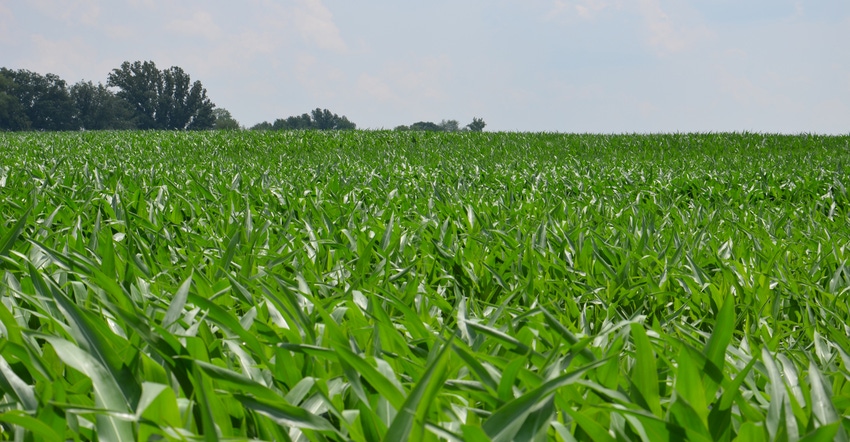
If all went well, nitrogen was applied to the Corn Watch ’19 field before the planter rolled. That doesn’t mean you’re behind if you haven’t applied N yet, Dave Nanda notes. It just means that is the system the operators of the Corn Watch ’19 field are comfortable following.
There is no one-size-fits-all approach. The only right answer is what works best on your farm. Nanda is a longtime corn breeder. Today, he’s director of genetics for Seed Genetics-Direct, Jeffersonville, Ohio.
For several years, Nanda has observed the Corn Watch field throughout the season. If you’re new to Corn Watch, the concept is simple. A field in the heart of the eastern Corn Belt is selected and monitored from planting all the way through harvest. You can follow its progress weekly on the website once planting commences and monthly in the magazine.
“We hope that what we find encourages you to take a closer look at your fields,” Nanda says. “We also hope you learn something new about the nature of corn and how it reacts to its environment.”
Corn Watch ’19 is sponsored by Seed Genetics-Direct.
Nitrogen program
This year’s Corn Watch cooperators prefer to apply the bulk of their nitrogen preplant. However, they don’t apply nitrogen in the fall — even in falls with suitable workdays — because they don’t want to risk potential nitrogen loss over the winter.
Ideally, they would apply preplant anhydrous ammonia beginning sometime in March. However, in the past couple of seasons and again this year, most of it was applied in April. When they apply in March or the first half of April, they typically include a half rate of N-Serve nitrogen stabilizer to keep nitrogen longer in a form that isn’t as subject to loss. If application goes into later April closer to planting, they often leave out the stabilizer.
They plant corn in a conventional-tillage system and won’t apply starter fertilizer this year. However, they will broadcast 100 pounds of ammonium sulfate before planting. That adds 21 pounds per acre of nitrogen that will act as their starter.
What-if scenarios
When spring stays wet well into April and even into May, at some point these cooperators, like most farmers, reach a point when they will elect to plant and sidedress nitrogen later. They note that this depends partly on the date and weather forecast at the time.
They have sidedressed nitrogen in the past and haven’t seen a yield advantage in their system for sidedressing versus spring preplant applications.
There was an issue with anhydrous injury to corn seedlings in some fields in 2018, especially for anhydrous applied in April. In the end, it didn’t significantly affect stand or yields in most fields. To combat this risk, they’ve lowered the overall anhydrous rate from 200 to 180 pounds per acre and hope to run knives somewhat deeper this year. Industry studies indicate that the deeper ammonia is applied, the lower the chance for seedling injury.
About the Author(s)
You May Also Like




